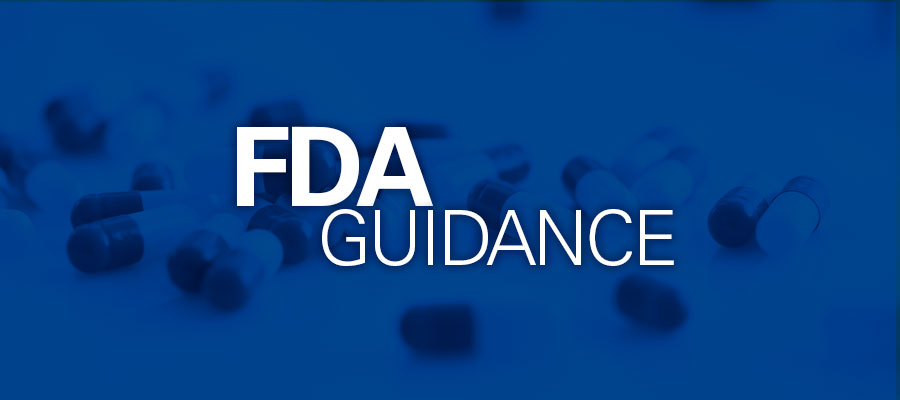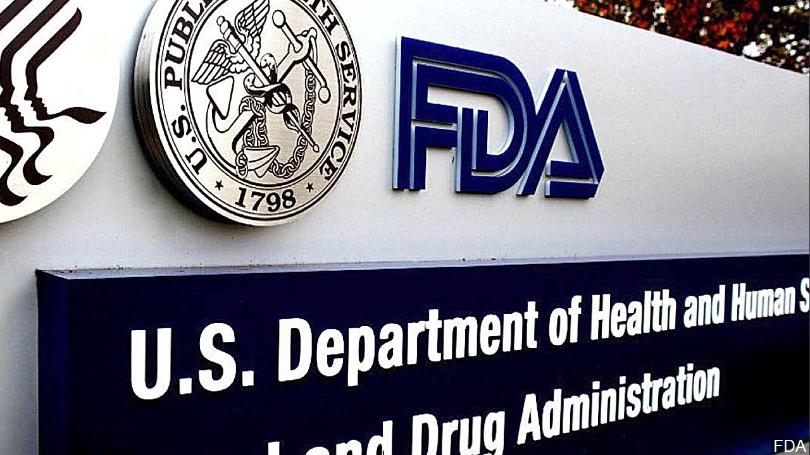The Food and Drug Administration (FDA) has published guidance dedicated to the procedures associated with the recognition and withdrawals of the FDA-recognized voluntary consensus standards medical device manufacturers may refer to in order to demonstrate conformity with the applicable safety and performance requirements.

Notes
Actually, the present document follows the initial guidance issued by the Agency previously, which describes the general approach to the voluntary consensus standards and the way they should be applied. In particular, the new FDA guidance replaces the document «CDRH Standard Operating Procedures for the Identification and Evaluation of Candidate Consensus Standard for Recognition» published earlier in September 2017.
It is also important to mention that due to its legal nature, the present document does not introduce any mandatory requirements the industry representatives shall fulfill, it only describes the position of the regulating authority and provides certain non-binding recommendations to be considered by medical device manufacturers and other parties involved in operations with medical devices. Moreover, an alternative approach may be applied, providing that such an approach would be compliant with the applicable requirements. In order to be allowed to apply an alternative approach, the interested party shall contact the Agency to discuss the implementation options available.

Regulatory Background
The present FDA guidance describes in detail the procedures carried out by the Center for Devices and Radiological Health (CDRH) related to the recognition of a voluntary consensus standard. In particular, the document highlights the principles and approaches to be applied when determining whether the standard in question should be recognized as a whole, partially, or even fully rejected. The guidance also covers the aspects related to the withdrawal of already approved standards. The document also contains certain references to the FDA Recognised Consensus Standards Database.
Initially, the concept of voluntary consensus standards has been implemented by the Food and Drug Administration Modernization Act of 1997 (FDAMA) and the 21st Century Cures Act. By the virtue of the adoption of the aforementioned acts, the Federal Food, Drug, and Cosmetic (FD&C) Act, the main US regulation in the sphere of medicinal products, has been supplemented with the provisions introducing the recognized standards.
According to the FD&C, in the context of voluntary consensus standards, the “recognition” stands for the approval of a standard by the Agency as one that could be used by medical device manufacturers to demonstrate conformity with the applicable requirements. The appropriate record should be also made in the Federal Register.
It is also important to mention that in order to improve international cooperation in the sphere of safety and performance of medical devices, and in the course of the global regulatory harmonization process, the CDRH has already introduced the Standards and Conformity Assessment Program (S-CAP). This program is focused on establishing an equivalence between the standards used in different countries to assist medical device manufacturers in achieving and sustaining compliance with the applicable requirements. Under these programs, the voluntary consensus standards could be also used to demonstrate conformity with the foreign regulatory requirements.
The scope of the present guidance covers the procedures conducted by the FDA when reviewing and evaluating the requests for the recognition of the standards of the withdrawal of such recognition. The document also provides a general overview of the applicable legislation covering all the aspects related to the recognition and withdrawal of recognition.
FDA Recognition of Standards
First of all, the present FDA guidance outlines the aspects associated with the recognition of voluntary consensus standards. According to the document, this mechanism is important for regulatory compliance in general since, according to the Agency, it can increase predictability, streamline premarket review, provide clearer regulatory expectations, facilitate market entry for safe and effective medical products, and promote international harmonization.
In order to be eligible for FDA recognition, a standard should be developed by a voluntary consensus standards body – an organization that plans, develops, establishes, or coordinates standard in accordance with the appropriate development process. Such a process should be based on pre-defined principles, or “attributes,” namely:
- Openness. Any interested party should be able to access these procedures and participate in standards development. This point also requires transparency of a standard development process.
- Balance. In order to ensure the appropriate balance of interests, a wide range of stakeholders should be actively engaged in a standard development process.
- Due process. All procedures related to a standard development process should be duly documented. IN particular, this applies to the drafts, meeting notes, and also to the views and objections expressed in the course of standard development.
- Appeals Process. The appeal procedures should be impartial and unbiased.
- Consensus. All comments and suggestions received during the standard development process should be properly taken into consideration, while the final version should be based on the general agreement. However, there is no such requirement for this agreement to be unanimous.
The aforementioned principles are actually creating the basis of the voluntary consensus standards development process on both national and international levels.
According to FDA guidance, the international and domestic standards would have a priority with regard to the review conducted by the Agency. At the same time, in case of the absence of domestic and international standards covering the particular aspect, the national standards of other countries could be also considered. It is also important to mention that in case if a national standard is identical to the one already recognized by the FDA, it does not require additional recognition. The way such standards should be used is described in the previous FDA guidance on the application of voluntary consensus standards. The use of such standards should be also additionally agreed with the Agency.

Withdrawal of Recognition
Besides the points described hereabove, the FDA guidance also addresses the aspects related to the withdrawal of recognition of voluntary consensus standards. In particular, the Agency is entitled to withdraw recognition if the particular voluntary consensus standard could no longer be acceptable for demonstrating compliance with the applicable requirements. According to the guidance, a withdrawal could take place in two situations, namely:
- Replacement of the FDA-recognized voluntary consensus standard by the new version. In case if the new version of the standard has been issued by the appropriate body, the Agency will review and recognize it, while the previous version would be no longer valid. The information about such a replacement would be published in the Federal Register, and the new standard would be uploaded to the Recognised Consensus Standards database.
- The FDA-recognized voluntary consensus standard is «no longer appropriate for meeting a requirement». In accordance with the FD&C Act, the FDA is entitled to withdraw the recognition of a voluntary consensus standard if it deems it as one that «no longer appropriate for meeting requirements regarding devices». The information about withdrawal based on this provision would be also published in the Federal Register.
Summarizing the information provided here above, the FDA guidance on recognition and withdrawal of voluntary consensus standards outlines the eligibility criteria the standard should meet, and also the particular procedures to be taken by the Agency.
How Can RegDesk Help?
RegDesk is a next-generation web-based software for medical device and IVD companies. Our cutting-edge platform uses machine learning to provide regulatory intelligence, application preparation, submission, and approvals management globally. Our clients also have access to our network of over 4000 compliance experts worldwide to obtain verification on critical questions. Applications that normally take 6 months to prepare can now be prepared within 6 days using RegDesk Dash(TM). Global expansion has never been this simple.
Sources:

